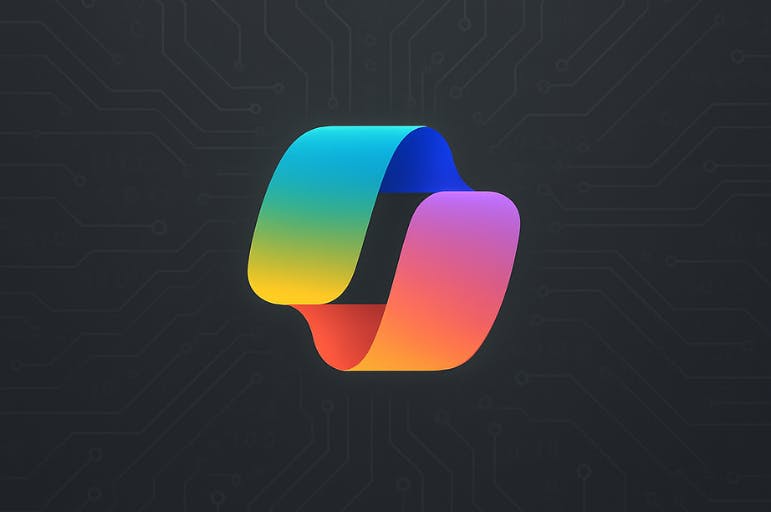Beyond completion rates: Demystifying L&D data analytics

Completion rates tell you almost nothing about whether your training actually works.
An employee can click through every slide, pass every quiz, and earn every certificate while learning virtually nothing. Meanwhile, another employee might engage deeply with 60% of the content and transform how they approach their work.
Here's how to measure what really matters.
Why traditional L&D metrics fall short
Traditional L&D metrics aren't wrong, they're just incomplete. Completion rates, quiz scores, and time spent in courses tell you what happened during training but they don't tell you what happens after.
Real learning success shows up in five areas:
- Sustained engagement with content beyond the initial requirement
- Retention of knowledge weeks and months later
- Observable changes in workplace behavior
- Improvement in work output and performance
- Employee sentiment and feedback
When you measure these dimensions, you get a complete picture of training effectiveness rather than administrative compliance.
Top 5 L&D analytics to measure—and why it matters
1. Engagement patterns
How learners interact with content reveals more than any completion metric. Patterns of frequent, sustained engagement often correlate more closely with knowledge retention than one-time completions.
The most telling indicators include:
- Return visits to specific modules: Learners who revisit content are processing and applying it, not checking a box.
- Voluntary progression through learning paths: When someone completes required training and then explores related topics, they're genuinely engaged.
- Discussion forum participation: Active participation in forums and Q&A sessions signals deeper thinking about the material.
- Resource requests: Learners asking for additional materials on the same topic show sustained interest.
Advanced learning platforms track these patterns automatically, showing which content generates sustained interest versus one-time interactions. This data helps you expand high-value content and improve or replace materials with low employee engagement.
2. Knowledge retention and reinforcement
The “Forgetting Curve” is unforgiving—most people lose up to 70% of new information within days without reinforcement.
To test and measure whether initial learning stuck or just created temporary awareness, be sure to:
- Use spaced learning approaches: Microlearning modules, periodic quizzes, and refresher content help combat natural forgetting while providing measurable retention data.
- Automate the reinforcement process: Modern platforms can deliver targeted review content and follow-up assessments to track knowledge persistence. This transforms learning from a one-time event into an ongoing process with measurable outcomes.
3. Real-world application
The ultimate test: do employees apply new skills in their actual work? Unfortunately, just 12% of employee learners do.
To find out if your employees are moving beyond course completion—and actually change their approach to work—employers can create systematic ways to capture evidence of skill transfer, including:
- 360-degree feedback from colleagues and managers
- Structured check-ins focused on skill application
- Project-based assessments where learners demonstrate new capabilities
- Peer observations of changed behaviors or approaches
4. Business results
Learning and development shouldn't exist in isolation. When customer service training reduces complaint resolution time by 23%, or leadership development improves team retention by 15%, you're demonstrating value in terms executives understand.
The most powerful training metrics connect learning outcomes directly to organizational KPIs like:
- Productivity improvements
- Reduced time to competency for new hires
- Decreased error rates
- Increased customer satisfaction scores
Cross-functional data analysis capabilities make this possible by integrating learning analytics with performance management systems, customer feedback platforms, and business intelligence tools.
5. Employee Feedback
The best engagement metrics mean nothing if you're measuring the wrong content. Many L&D teams spend hours curating learning paths only to discover learners aren't connecting with the material.
Modern learning platforms provide real-time feedback that transforms content selection from guesswork into strategic decisions:
- Rating trends over time: Track how learners respond to content as it happens rather than waiting for annual surveys.
- High-performing content discovery: Identify which courses and providers your learners consistently rate highly, helping you spot standout content that might otherwise remain hidden across your library.
- Sentiment analysis: Platforms that analyze the reasoning behind ratings enable more nuanced curation decisions and help build programs learners actually want to engage with.
This creates a positive cycle: better content drives higher engagement, which generates better data for even smarter future decisions.
Turn insights into a strategic advantage
Go1's analytics platform provides the measurement capabilities you need to track engagement, retention, and real-world application. With content from 500+ providers aggregated in one searchable platform, plus AI-powered recommendations and integration with your existing systems, Go1 helps you:
- Understand what matters most: Track how your teams engage with learning, which skills are in demand, and how employee capabilities evolve over time. You’ll also discover emerging industry trends—no additional surveys or guesswork required.
- Shape smarter learning strategies: Uncover hidden skill gaps, measure engagement, and turn insights into action with personalized recommendations and benchmarking tools.
- Measure and prove impact: Go beyond basic enrollments and completions to show real ROI. Connect your learning programs to business outcomes with data on top skills, employee engagement, and time spent learning.
Go beyond reporting and deliver real insights
Related Articles

Psychologist-Backed PepTalks to Strengthen Your People, Boost Wellbeing, and Build Resilience

How to Use Keynote-Style Talks to In Your L&D Program

10 Courses to Help You Master Microsoft Copilot

11 Inspirational Speakers to Supercharge Your Leadership & Team Programs

Train smarter, spend less
Train smarter,spend less
Connect with a Go1 expert to explore the best training options for your organization—no pressure, just solutions that work.